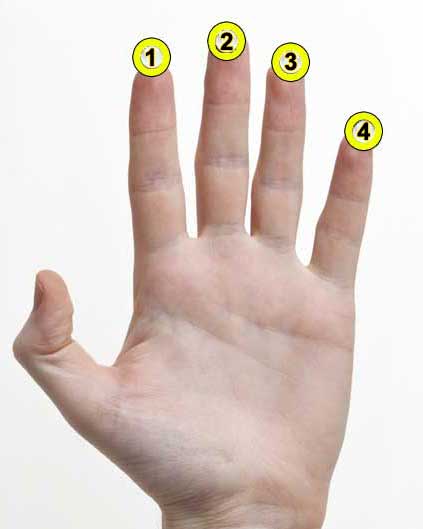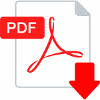G Dominant Thirteen Sharp Fifth Guitar Chord Charts & Variations

Welcome to our tutorial on the G 13(#5) chord, a complex, richly textured chord that belongs to the Augmented Chords family. This chord is composed of the notes G, B, D#, F, A, C, and E, making it a seven-note chord that spans several octaves. The intervals that build this chord are 1, 3, #5, b7, 9, 11, and 13, which are also known as the Root, Major Third, Augmented Fifth, Minor Seventh, Major Ninth, Perfect Eleventh, and Major Thirteenth respectively.
The G 13(#5) chord is not a beginner's chord, but rather one that requires a deep understanding of chord notation and a good grasp of fretboard intervals. If you are new to these concepts, we recommend checking out our tutorials on these topics before diving into this complex chord.
In this tutorial, we will provide chord diagrams and fretboard patterns that show the tones composing the G 13(#5) chord. These visual aids will help you understand how the chord is constructed and how to play it on the guitar. We will also provide tips on how to incorporate this chord into your playing, whether you are into jazz, blues, rock, or any other style of music.
The G 13(#5) chord is a staple in jazz chord progressions, but it can also add a unique flavor to other genres. Whether you are a seasoned guitarist looking to expand your chord vocabulary or an ambitious beginner ready to tackle more advanced chords, this tutorial will provide you with the knowledge and skills you need to master the G 13(#5) chord.
So, grab your guitar and get ready to dive into the world of Augmented Chords with the G 13(#5) chord!
Notes of the G 13(#5) chord:
Tones in the Dominant Thirteen Sharp Fifth chord:
Fingerings for the G13(#5) guitar chord
No guitar diagrams created yet for this chord. Request one here
 Download
the Free Guitar Chords Chart Pdf
Download
the Free Guitar Chords Chart Pdf